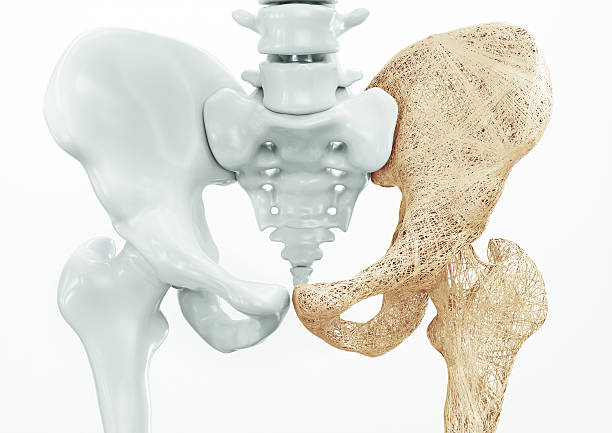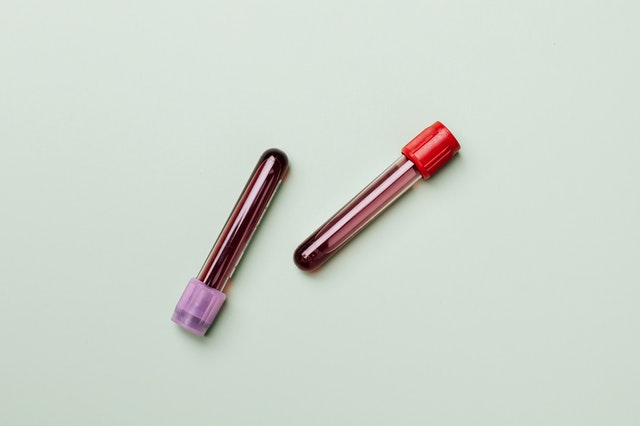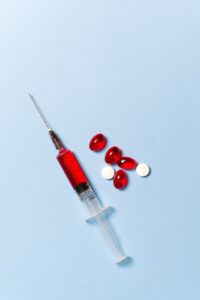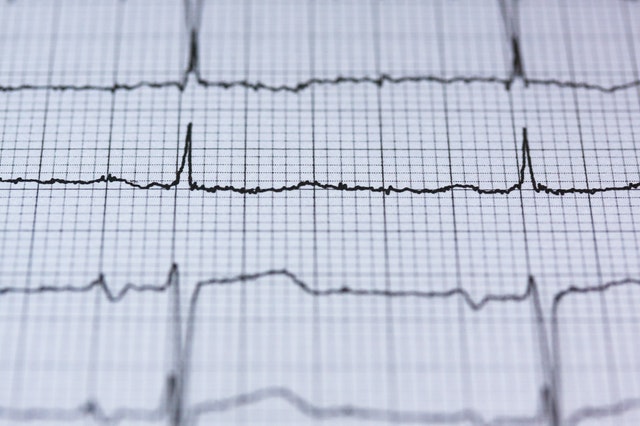“Silent Killer” – Osteoporosis
‘Osteoporosis’ means porous and brittle bones, a disease that weakens bones where an individual is more prone for unexpected fractures. The most common symptoms are pain.
About 200 million people are most likely to have osteoporosis throughout the world. The disease occurs in both the sexes: Male & Female. It is more commonly found in women as compared to men. At the age of 50 or more, one in two women and one in four men will have an osteoporosis-related fracture in their lifetimes. Another 30% have low bone density that puts them at risk of developing osteoporosis. This condition is called osteopenia.
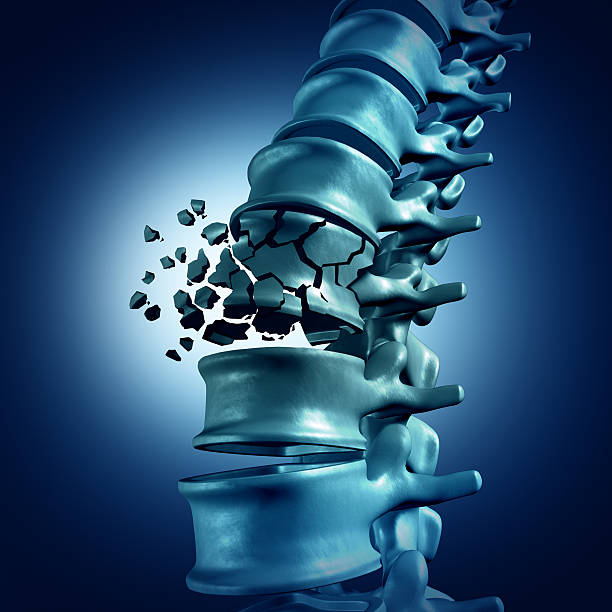
Causes
There is no exact cause of why this disease develops. When osteoporosis occurs, the holes in the bone grow larger and more, which weakens the bone from inside. Bones also store calcium and other minerals from the food we eat. When the body needs calcium, it breaks down and rebuilds bone and supplies the body with needed calcium while keeping the bones strong. After menopause, the speed of bone breakdown occurs even faster.
Symptoms
There are no known symptoms and that is why it is also called as a “Silent Disease”. Therefore, we need to focus on the following points:
- Loss of height.
- Change in body posture.
- Shortness of breath.
- Bone fractures.
- Pain in lower back.
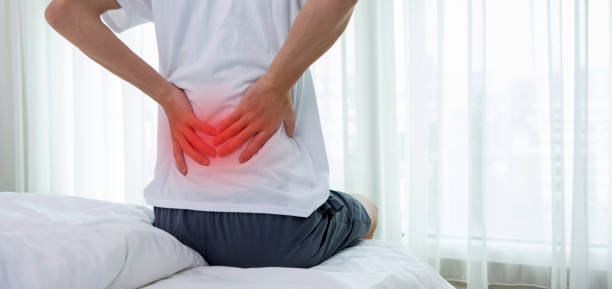
Another factor is bone structure and body weight. People who are underweight have a greater risk of developing osteoporosis because they have less bone to lose as compared to the people who are overweight or larger frames.
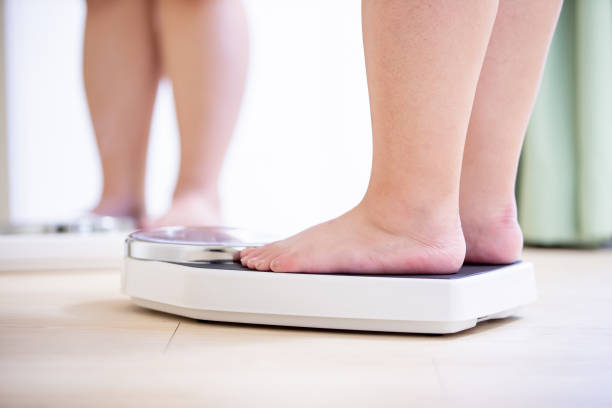
Some medical conditions and medicines may increase your risk. If one has or had any of the following medical conditions: –
- History of bariatric (weight loss) surgery.
- Organ transplant.
- Hormone treatment for breast or prostate cancer.
- Celiac disease.
- Some medications may cause damage to bone and lead to osteoporosis like steroids, treatments for Breast cancer and medications for treatment of seizures.
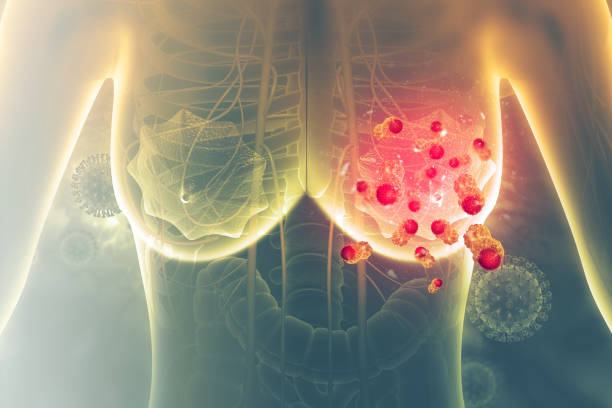
How is osteoporosis treated?
Treatment may include regular Physical Activity, Vitamin and Mineral supplements and medications. Strength training, resistance and balancing body exercises are the most important.
How can you prevent osteoporosis?
Diet and lifestyle are two risk factors you can control to prevent osteoporosis.
Diet: To maintain strong & healthy bones, one should take calcium rich diet throughout life. One cup of low – fat milk contains 300 milligrams of calcium. Besides milk & milk products, other rich sources of calcium are salmon with bones, sardines, kale, broccoli, calcium-fortified juices and breads, dried figs and calcium supplements.
Vitamin D is also important because it enables the body to absorb calcium. Vitamin D can also be obtained from sunlight exposure a few times a week at the time of sunrise or by drinking fortified milk.

Lifestyle: Maintaining a healthy lifestyle can reduce the degree of bone loss. Start with regular physical activity regime. Exercises such as walking, jogging, aerobics and strength training are best for making bones stronger. Weight-bearing, resistance, and balance exercises are just a few of the activities you can do to build and maintain strong, healthy bones that are less prone to osteoporosis-related fractures. The earlier you begin a regular exercise program, the better.
Frequently Asked Questions
What Causes Osteoporosis?
There are many factors that contribute to and exacerbate the onset of osteoporosis. They include:
- Diet
- Activity level
- Low sex hormones (estrogen in women; testosterone in men)
- Medical conditions (including intestinal problems and kidney disease)
- Medications (such as glucocorticoids)
- Smoking and heavy alcohol consumption
What should I not do with Osteoporosis?
If you have osteoporosis, avoid activities that involve twisting your spine or bending forward from the waist, such as conventional sit-ups, toe touches, or swinging a golf club. Those are the best ways to keep your bones strong and healthy. Learn more about keeping your bones strong to prevent falls.
You may want to visit a Physical Therapist & a Dietitian to help you recover from an osteoporosis-related fracture. They will take into account your health and fitness level, in addition to your personal risk for fractures, to help cater the rehabilitation program specifically for you. You can join the program of FoodNwellness Osteoporosis. This program will give you a personalized plan that includes the key to it the right and the healthier options of food.

